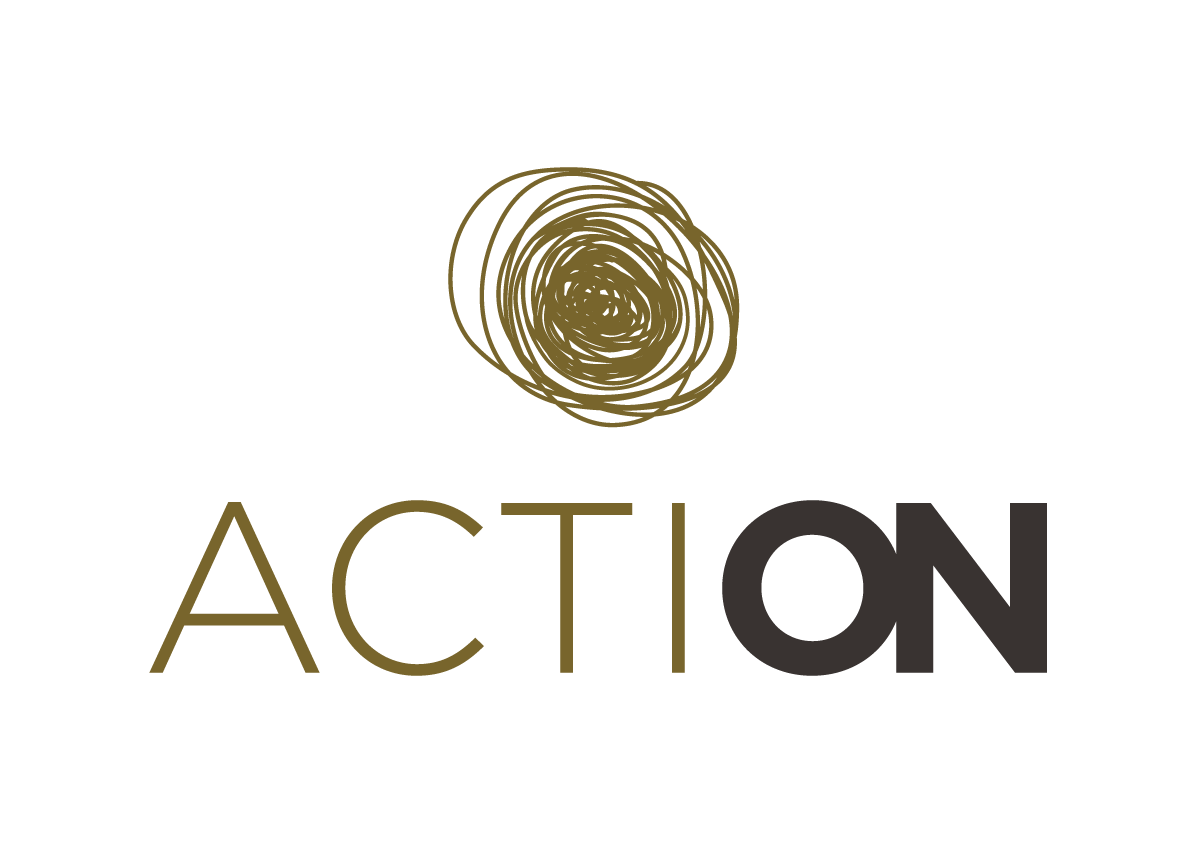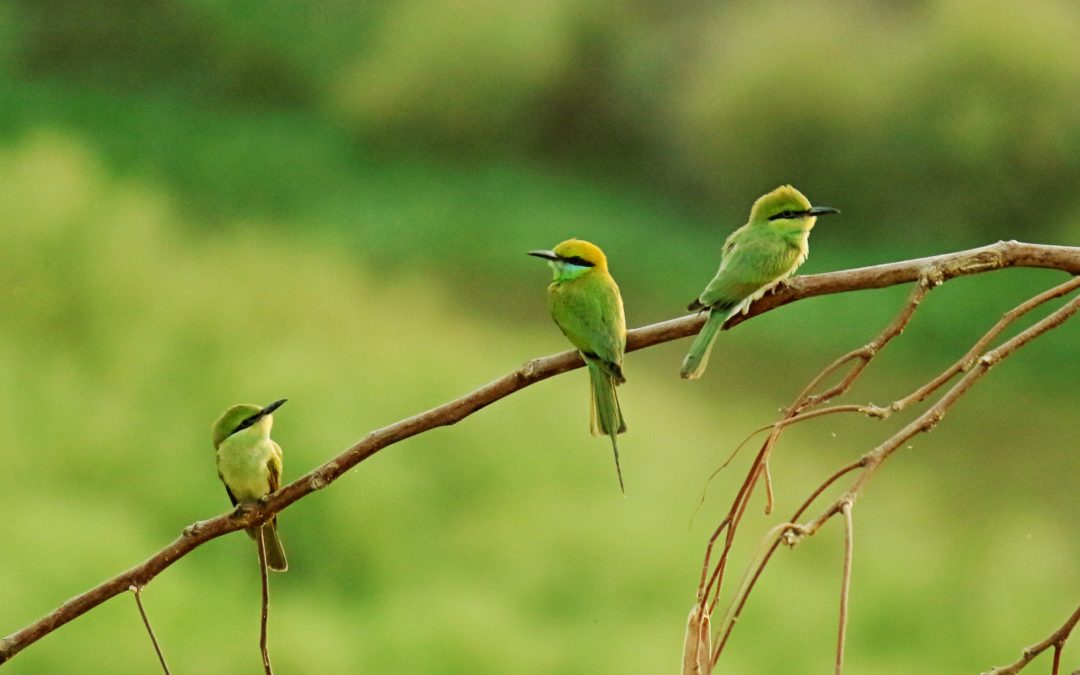By Roy van Grunsven
The question: “How many birds are there?” seems very simple but it is hard to answer. You can’t simply count them. But there is data from citizens reporting bird observations around the world and using this scientist from the University of New South Wales could estimate the distribution of almost 10.000 species. For some species there are density estimates from citizen science databases, for other species traits (e.g. bigger birds occur in lower density than small birds) and other information could be used to estimate this. Once you have the range and average density of a bird species, the number of individuals can be calculated. In total there are approximately 50 billion wild birds https://doi.org/10.1073/pnas.2023170118.
Of course there are huge differences in the number of individuals of a bird species, some are extremely rare, e.g imperial amazon parrot with fewer than 50 individuals while others are very numerous such as house sparrows. The distribution is however very skewed, there are many rare species and very few common species. There are only four species that have more than a billion individuals: house sparrow (1.6 billion), European starling (1.3 billion), ring-billed gull (1.2 billion) and the barn swallow (1.1 billion).
A billion individuals may seem like a lot, but compared to the most numerous bird in the world it is nothing. By far the most numerous bird is the chicken, with almost 26 billion individuals. As these are not wild they do not contribute to the 50 billion wild birds. This does mean that every third bird is a chicken.
Questions like this can now be answered because we have more and more citizen science data and tools to analyse this. More and more it is becoming obvious that citizen science is invaluable for conservation biology and biodiversity research.

